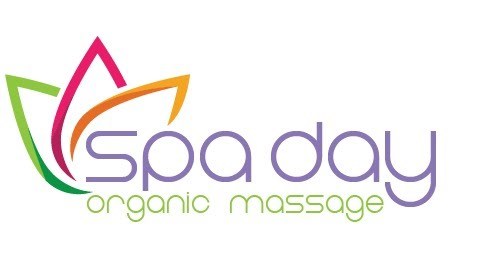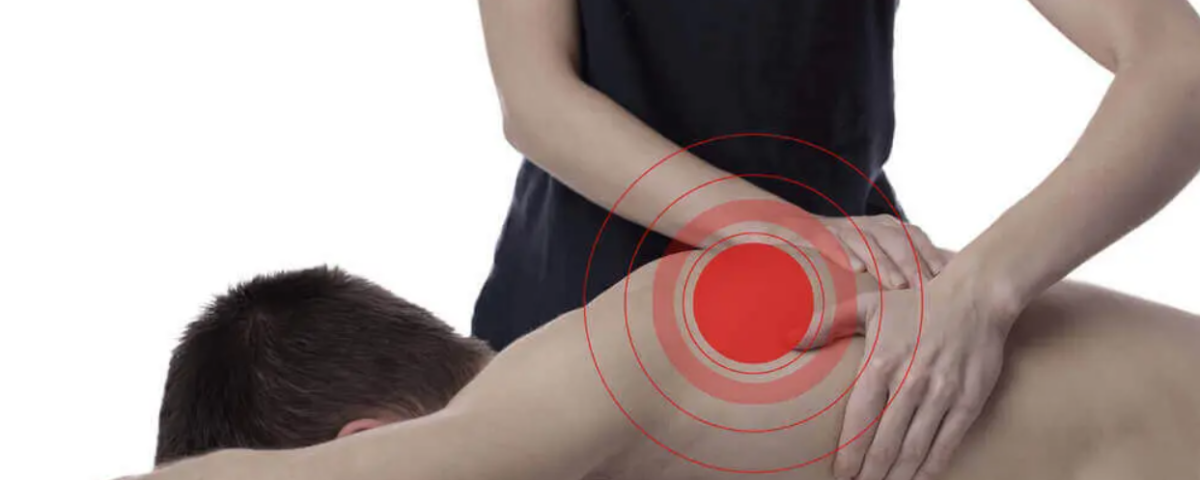
Mini Facial Massage: Unlocking the Skin-Enhancing Rewards
May 24, 2024
In-Depth Comparison: Swedish Massage Vs. Deep Tissue
May 24, 2024In the realm of therapeutic massage, two modalities reign paramount: Swedish and Deep Tissue. These methods, each with their unique methodologies and benefits, offer a myriad of health and relaxation advantages.
The Swedish massage, known for its long, gentle strokes, kneading, and circular movements, is designed to promote relaxation and improve blood circulation. On the other hand, Deep Tissue massage, as the name suggests, targets the deeper layers of muscle and connective tissue and is especially helpful for chronic aches and pains.
The choice between the two can be a complex one, influenced by a multitude of factors such as personal comfort, physical condition, and the desired outcome. This discourse aims to provide a comprehensive comparison of these two popular massage modalities, ultimately equipping you, the recipient, with the knowledge to make an informed choice.
However, the decision may not be as straightforward as it seems.
Understanding Swedish Massage
Frequently chosen for its relaxing qualities, Swedish massage is a therapeutic technique that uses a variety of strokes to manipulate soft tissue and promote overall wellness. This form of bodywork, hailed for its soothing and rejuvenating effects, is rooted in Western concepts of anatomy and physiology.
A typical Swedish massage involves five types of strokes: effleurage (gliding strokes), petrissage (kneading strokes), friction (rubbing strokes), tapotement (percussion strokes), and vibration. These varied movements, applied with different levels of pressure, aid in the relaxation of muscles and the reduction of stress.
Beyond mere relaxation, Swedish massage can also improve blood circulation, ease muscular tension, and enhance flexibility. The rhythmic, flowing strokes seek to release toxins from the muscles, leading to better oxygenation of body tissues. While it is gentle, this technique is powerful for the promotion of physical and mental health.
For those seeking a sense of belonging and unity with their bodies, Swedish massage offers a gentle introduction to the world of massage therapy. As a holistic approach, it fosters a harmonious connection between body and mind, enhancing your overall well-being.
Deep Tissue Massage Explained
Delving into the realm of more intensive bodywork, deep tissue massage targets the body’s inner layers of muscles and connective tissues. It is a therapeutic modality that focuses on realigning these deeper layers to relieve tension and improve mobility. This form of massage is particularly beneficial for those experiencing chronic muscle tension or individuals recovering from injuries.
Deep tissue massage employs slow, forceful strokes to reach the deeper levels of muscle and fascia. The therapist uses their fingers, thumbs, and even elbows to apply sustained pressure. This technique helps to break down knots and adhesions that can disrupt circulation, cause pain, limit motion, and create inflammation.
It’s important to understand that discomfort is common during a deep tissue massage, but it should never cross the line into pain. Communication with your therapist is critical to ensure the pressure level is suitable for you. Post-massage, one may experience soreness that typically subsides within a day or two.
The choice between a Swedish and a deep tissue massage is determined by personal needs and preferences. Both therapies offer unique benefits, with Swedish massage providing general relaxation and stress alleviation, while deep tissue therapy targets chronic pain and muscle tension.
It’s crucial to communicate with the therapist about individual health situations and desired outcomes to ensure an optimal experience. Ultimately, either choice will contribute to enhanced well-being and restored vitality.
Read more:





